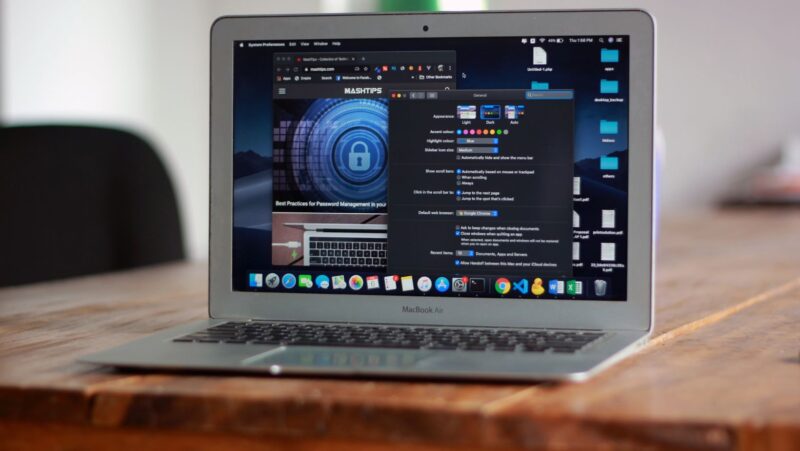
Fiber-optic internet has rapidly become the gold standard for businesses, offering unmatched speed and reliability. However, despite its growing popularity, several myths and misconceptions about fiber internet persist, particularly in the business world. These myths can hinder companies from adopting a technology that could significantly improve their operations. Here, we debunk some of the most common myths surrounding fiber internet for businesses.
Myth 1: Fiber Internet is Unnecessary for Small and Medium Businesses
One of the most widespread misconceptions is that fiber internet is only necessary for large corporations or tech-heavy enterprises. Many small- and medium-sized businesses (SMBs) assume that their current internet connection is “good enough” for their needs. However, as more businesses rely on cloud-based applications, remote work, video conferencing, and high-bandwidth data transfers, even smaller companies will benefit from fiber internet’s increased speed and reliability.
Unlike traditional broadband connections, fiber business internet provides symmetric upload and download speeds. This is particularly important for businesses using video calls, data backups, and real-time cloud services, which require fast upload speeds. Whether you’re a small law firm sending large files or a retail store running point-of-sale systems online, fiber internet ensures smooth, uninterrupted service.
Myth 2: Fiber Internet is Too Expensive for Businesses
Cost is often cited as a primary concern when it comes to upgrading to fiber internet. Many businesses believe fiber is prohibitively expensive compared to traditional broadband services. While it’s true that fiber installations used to be more costly, advancements in technology and increased competition have significantly lowered the price.

Fiber internet’s cost-effectiveness can be seen in the long-term benefits it provides. Faster speeds and more reliable connections reduce downtime, improve employee productivity, and enhance customer service. For example, a slow internet connection could delay a critical video conference or cause disruptions in customer support, leading to lost business opportunities. Businesses can also partner with a St. Louis IT consulting firm to ensure their network infrastructure fully supports fiber’s advantages. Moreover, fiber internet often requires less maintenance than copper-based connections, reducing operational costs.
Myth 3: Fiber Internet is Only Available in Urban Areas
Many businesses in suburban or rural areas believe fiber internet isn’t an option due to location. While fiber-optic networks are most concentrated in urban areas, efforts to expand infrastructure have made fiber more accessible than ever before, even in less densely populated regions.

Government initiatives and private sector investments are driving the growth of fiber networks beyond urban centers. Many internet service providers (ISPs) are prioritizing rural areas, recognizing the need for high-speed connectivity in these regions. If your business is located outside a major city, it’s worth exploring whether fiber is available now.
Myth 4: Fiber Internet Isn’t Much Faster Than Traditional Broadband
Another common myth is that fiber internet doesn’t offer a significant speed advantage over other types of connections, such as DSL or cable. This is far from true. Fiber-optic internet can deliver speeds of up to 1 Gbps (gigabit per second) or higher, while typical broadband connections max out at much lower rates.
The speed of fiber-optic internet is due to its use of light signals, which transmit data much faster than electrical signals used in copper cables. This makes fiber especially advantageous for businesses with high data demands, such as those working with large datasets, streaming media, or cloud computing. Even for businesses with more moderate internet usage, fiber’s superior speed can streamline daily operations and reduce frustrating delays.







